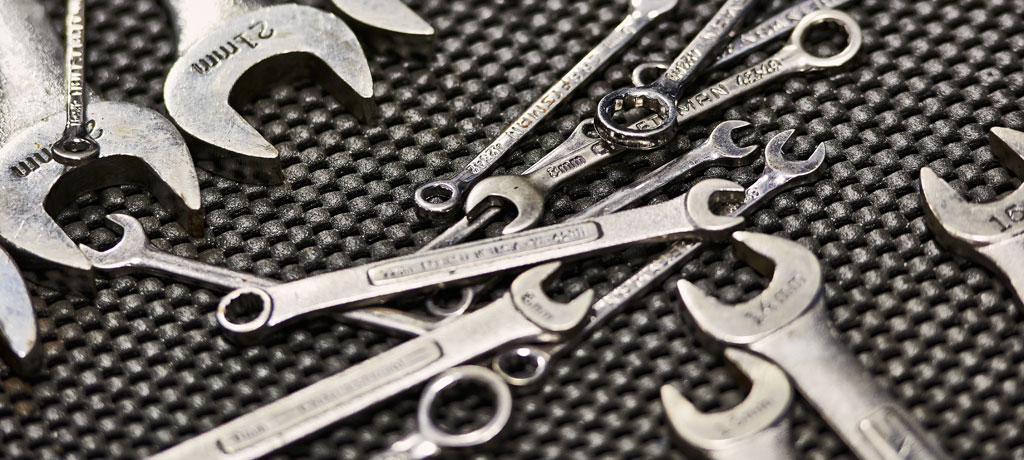3 Parts That Commonly Fail After the Radiator Goes Bad

As you look at your vehicle’s engine bay, you may find yourself wondering, “How does a radiator work?” The radiator in your car actively dissipates heat that builds up in the cooling system. As coolant runs through the radiator, the walls of the internal passageways start to develop a thick layer of scale. Debris running through the cooling system may also cause a blockage to develop in those tight radiator tubes. When this happens, the radiator’s cooling abilities drastically decrease.
When one component fails to work properly, other parts throughout the cooling system also run the risk of failure. The three parts that commonly cease working after the radiator goes bad are the thermostat, water pump, and heater core. Here is a breakdown of what each of these parts does and what happens when they fail.
We Can Fix Your Radiator – Find a Meineke Shop Nearby
Thermostat
Each engine size and configuration has a specific ideal operating temperature. To control the temperature, the thermostat sits at the end of the top radiator hose, keeping coolant in the engine block until it is needed to cool the radiator, before being pumped out through the bottom radiator hose. When the engine reaches ideal operating temperature, the thermostat opens and allows the cooling system to flow freely.
When the radiator stops working correctly, too much pressure is put on the thermostat, often causing it to stop working. When the thermostat fails, the valve inside gets stuck either open or closed. With a closed thermostat, your engine will immediately start to overheat. You can tell the thermostat is stuck closed by carefully touching the radiator hoses. The top one will feel hot, yet the bottom hose will remain cold. When the thermostat sticks open, the engine will never reach operating temperature, which negatively impacts gas mileage.
Water Pump
The water pump uses an impeller to continuously move coolant through the hoses and passageways of the cooling system. On most engines, the impeller is actually made from plastic materials.
As a result, any contaminants or tough debris breaking away from the radiator will cause abrasions and other damage to that part. If the radiator stops cooling the fluid before it moves past the impeller, the high temperatures could also cause damage to the plastic parts. Eventually, pieces of the impeller (the rotating part of a centrifugal pump, designed to move fluid by rotation) will break off and disrupt the flow speed of the coolant.
Heater Core
The heater core looks a lot like the radiator in miniature scale. In fact, the inside of the heater core has a similar network of small gauge tubing, which works to produce hot air for the heating system. If scales or debris break away from the radiator piping, it could end up stuck in the small tubing of the heater core.
Furthermore, when the radiator fails, causing the engine to overheat, excessive pressure and temperatures cause the connections on the heater core to break. You may notice your car windows starting to fog up or front floorboards may feel wet to the touch as the heater core starts to leak.
To recap, when dealing with improper engine temperatures, remember to check:
-
Radiator
-
Heater core
-
Thermostat
-
Water pump
-
Hoses
After realizing the answers to, “What is a radiator and what does a radiator do,” you will want to master the above knowledge about the other components in the cooling system. After all, a good understanding of the way the engine cools down will help you prevent costly damage to your engine in the future. If you don’t have time to master the knowledge above, you can get help from our experts at your local Meineke Car Care Center.





